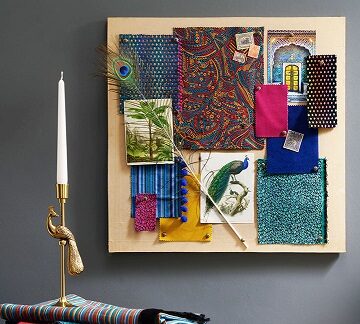
It can be a little daunting deciding on the colours for your interior design as your choice may greatly influence the general ambience of the room, evoking different emotions and feelings. You’ll want to make sure you choose something that can withstand the test of time, while still appealing to your personal tastes. Not only should the colours in interior design be aesthetically pleasing, but it should also serve to accentuate the purpose of that room.
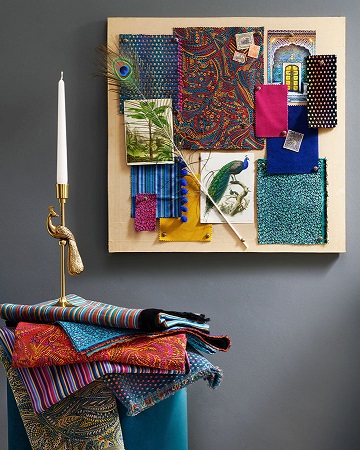
often helps you make the correct choice.
Thankfully, it’s an easier process than you might think! So, let’s take a deeper look at how to understand colours in interior design individually and how they can make a difference in a room.
Breaking Down the Psychology of Colours In Interior Design
Knowing how individual colours can impact the way you feel
can make it easier to determine which ones work best together, not only for
visual purposes but for functionality as well. Some of the most common/popular
colours used for interior decorating will work best in very specific spaces.
Red
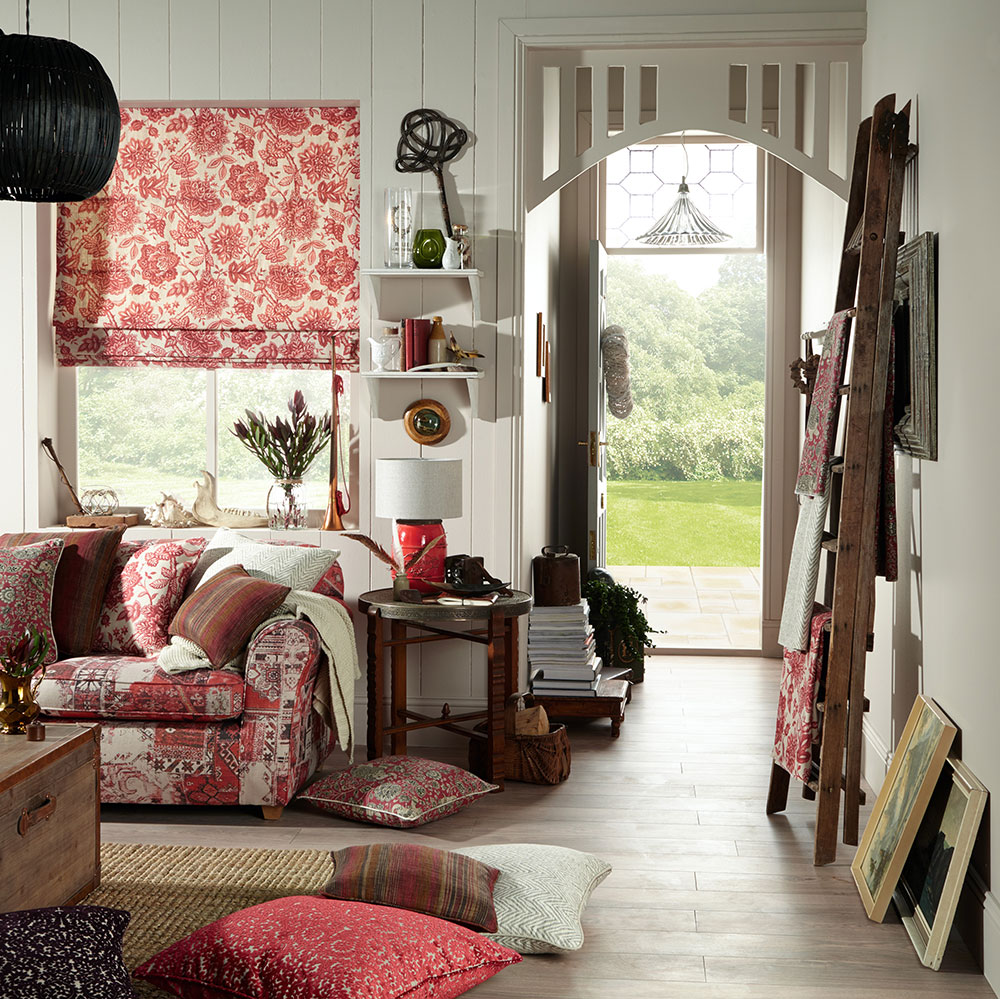
The colour red is a high impact colour, often associated with passion, energy and warmth. Used in your home colour scheme it will give you a living room that will re-charge your batteries and a bedroom that oozes with romance. Red is also a warming colour so should be used with care as it is one of the most difficult colours to use in any quantity. It will advance into the room, reducing the dimensions of the room and can overpower the rest of the décor in the room.
Yellow
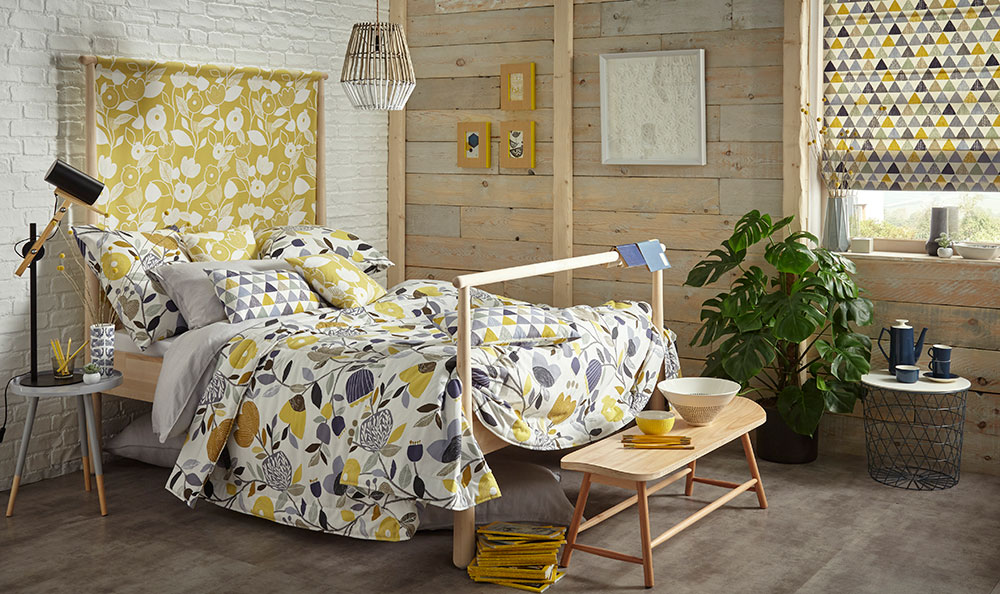
Vivid yellow is an advancing colour and as such can make a room feel smaller if it is used indiscriminately and is definitely not for living rooms as this is a room where soothing vibes should prevail. Using a strong yellow as a “statement splash of colour” is great - a quick fix to gain a fresh uplifting look. A new roller blind for example in dazzling yellow for the kitchen window accompanied by matching kitchen ceramics or pictures or for a bedroom window twinned with some new bedding based on a yellow coloured design is also perfectly safe and very attractive, but make sure it remains as the accent colour not the dominant one.
Blue
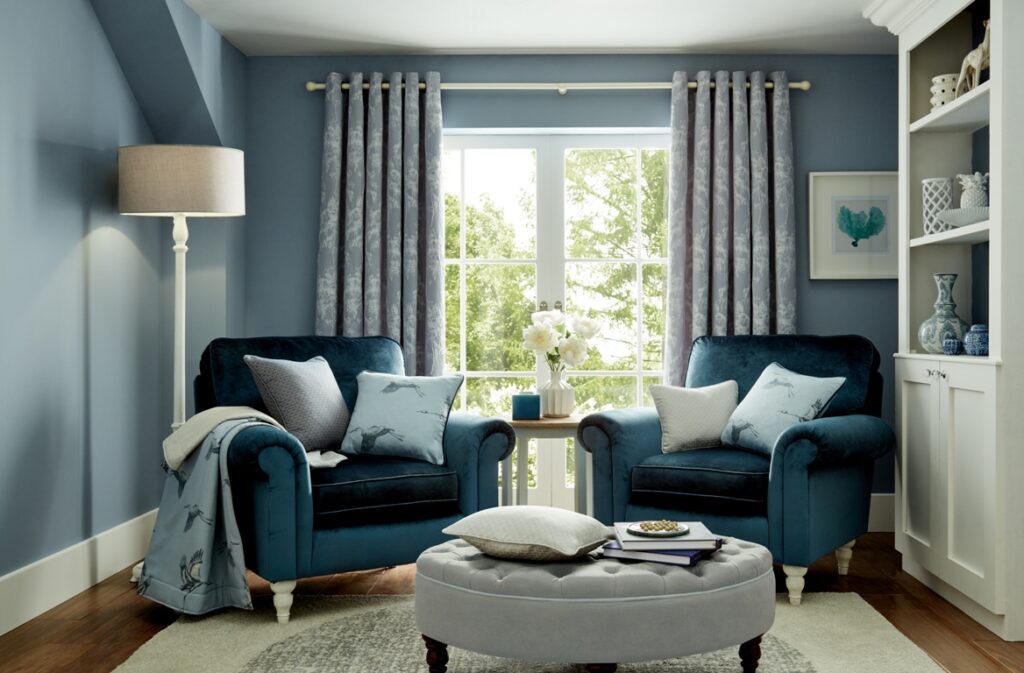
As island dwellers, no-one in Britain is more than about 70 miles from the sea, making a day out to the beach within everyone’s grasp. The love of the sea is in our genes, which is possibly one of the reasons why blue in all its various colours and hues is still the most popular choice for decorating our homes. Blue is calming and serene, especially when you choose warmer shades like periwinkle or even turquoise. Darker shades of blue can evoke feelings of sadness, so stick to softer tones if possible. It’s a great colour particularly for bedrooms and bathrooms.
Green
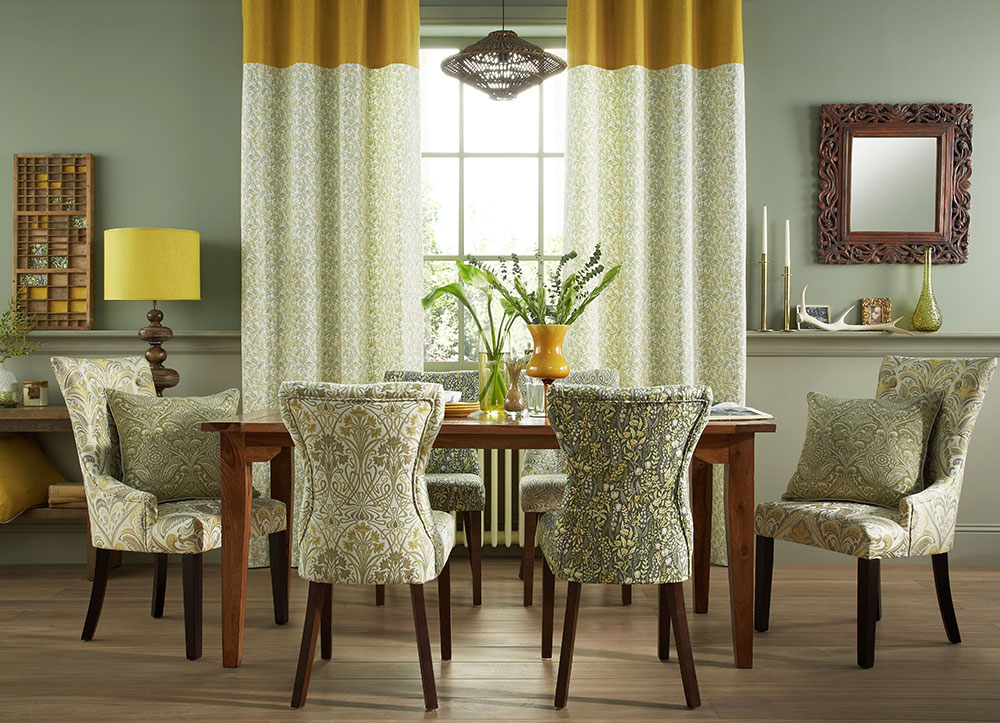
Bright green should be used with care whereas muted green colours especially for the living room make a very popular choice particularly for a Feng Shui style of decor as it creates a calming, comfortable living area that is easy to spend time in. Greens used in harmony with a palette of soft creamy tones of white or the warmer colour hues such as a soft burgundy makes a great choice. Being a colour associated with the natural world, greens partner very well with other natural details such as wooden venetian blinds and wooden flooring.
Black
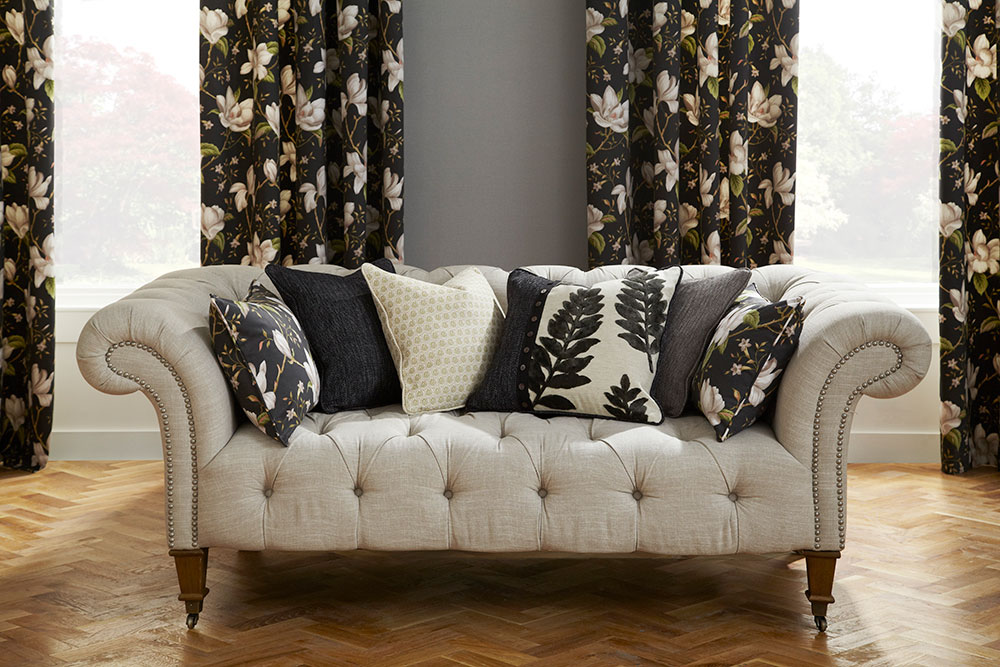
The black colour has scary connotations, death, the devil and the night - however in interior design in Asia, it was thought to bring good luck to the occupants of the house and if the Asian style of decor appeals to you, then careful use of black makes a perfect statement colour. Not many people would ever consider using copious amounts of black in their decor, but black as an accent colour will look stunning especially if combined with warm colours such as pale coral, pinks and creams or gold for the epitome of a show-off scheme.
White
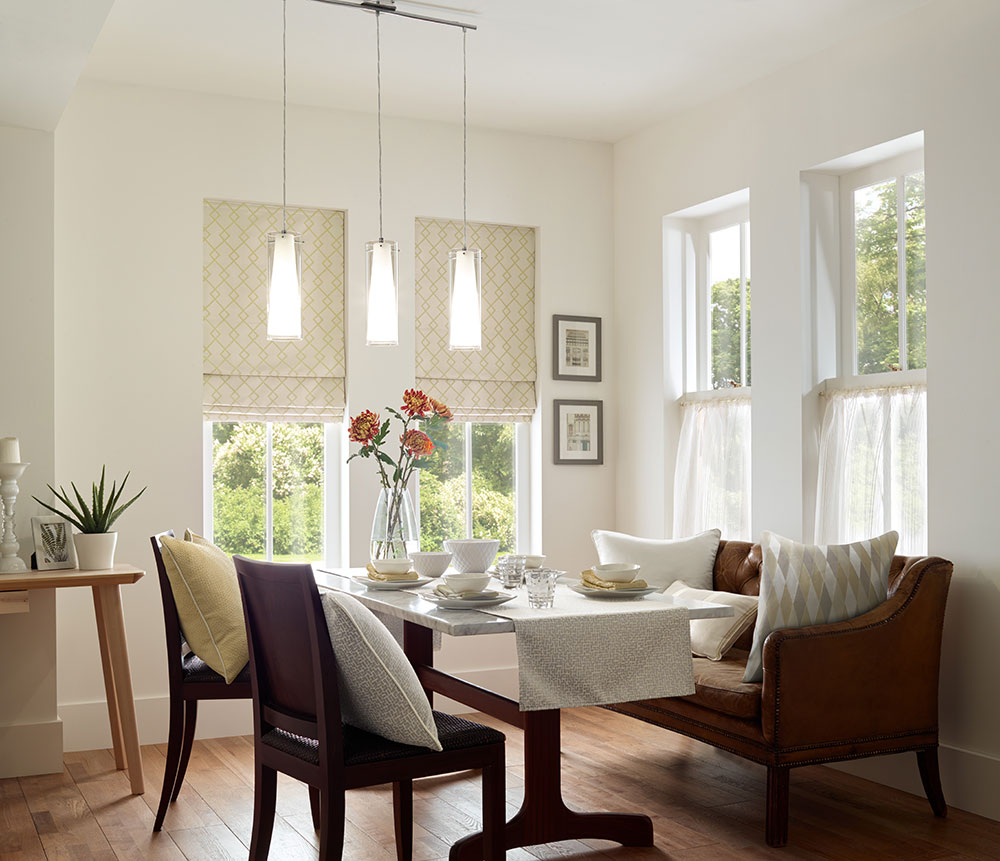
An all white décor is not only very chic, it is also the ultimate in creating space, but will need a lift even if it is only using textured or lightly patterned finishes to give some decorative detailing. But before you grab the nearest tin of brilliant white emulsion, hold on, they are full of optical brightening chemicals and apart from the fact that the finished result will look harsh and clinical; the room will also probably have a very strong smell for quite a while. What you need is a white toned paint that has been mixed with the merest hint of another colour, often called names such as “soft white” or “antique white” and also to ensure that the scheme does not look bland by including perhaps 2 other shades of white or soft cream within the final scheme.
Neutral Colours
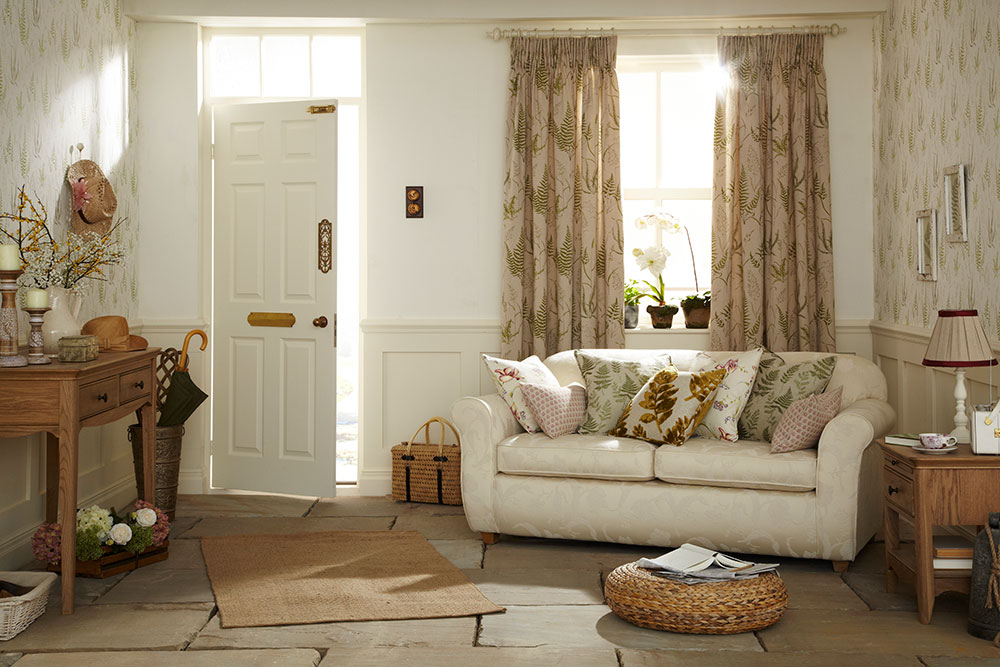
These are the easiest colours to work with and look great anywhere in the home because they’re so flexible. A neutral colour scheme can help you change the look of the room as frequently as you like. For example, add accessories to the room with cushions and candles in warm colours for a cosy winter setting and change them in the spring for cool blues and greens and you can really add to the overall character of a room by using colourful furniture or accent colours on the wall.
A good rule of thumb is to never have two primary colours in competition with each other, but to instead to go with softer complementary colours which will really help the primary colour to stand out without overwhelming the room.
How to Blend Colours Together in a Room
Some of the most timeless colour pairings include:
● Black and white
● Yellow
and grey
● White and
grey
● Green and
blue
● Blending
neutrals
● Green and
yellow
A Cascade of Colours for Any Room
Deciding to decorate the interior of your home with
different colours is a great way to let your personality shine and to really
evoke different emotions in each room. Don’t be afraid to experiment with
varying shades of popular colours. Colour swatches, or better still tiny sample
pots of paint are readily available so you can make sure you are happy with the
colour before you buy a large tin or worse still, decorate the whole room.







